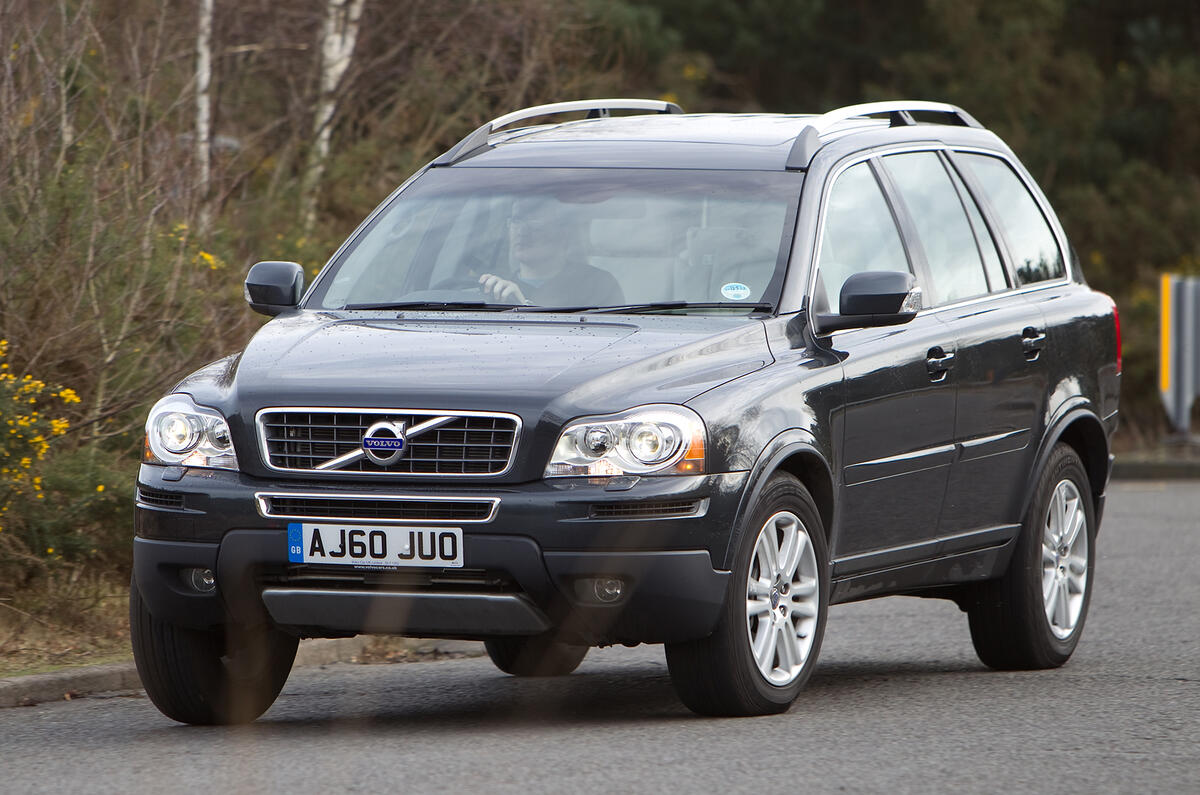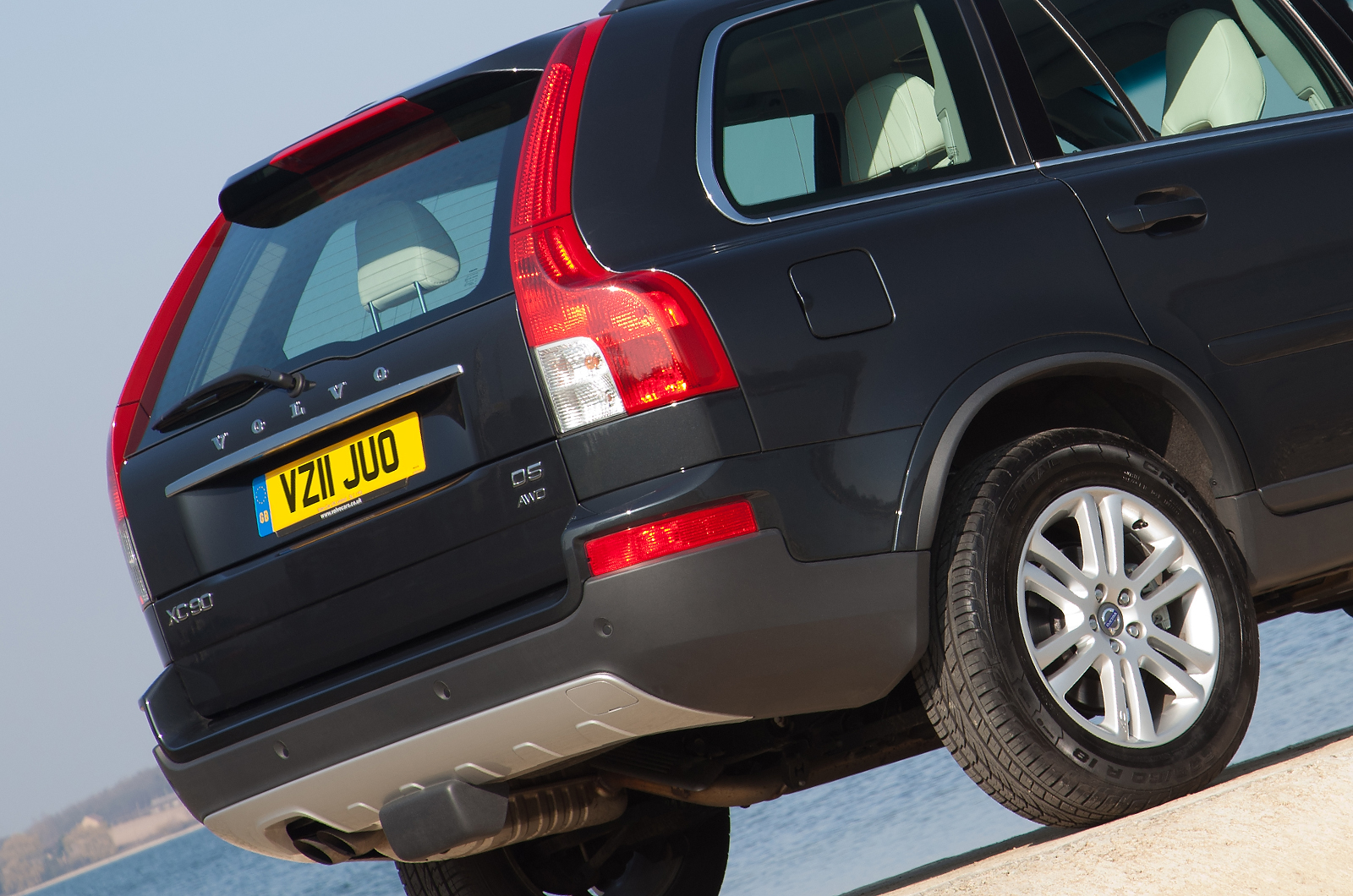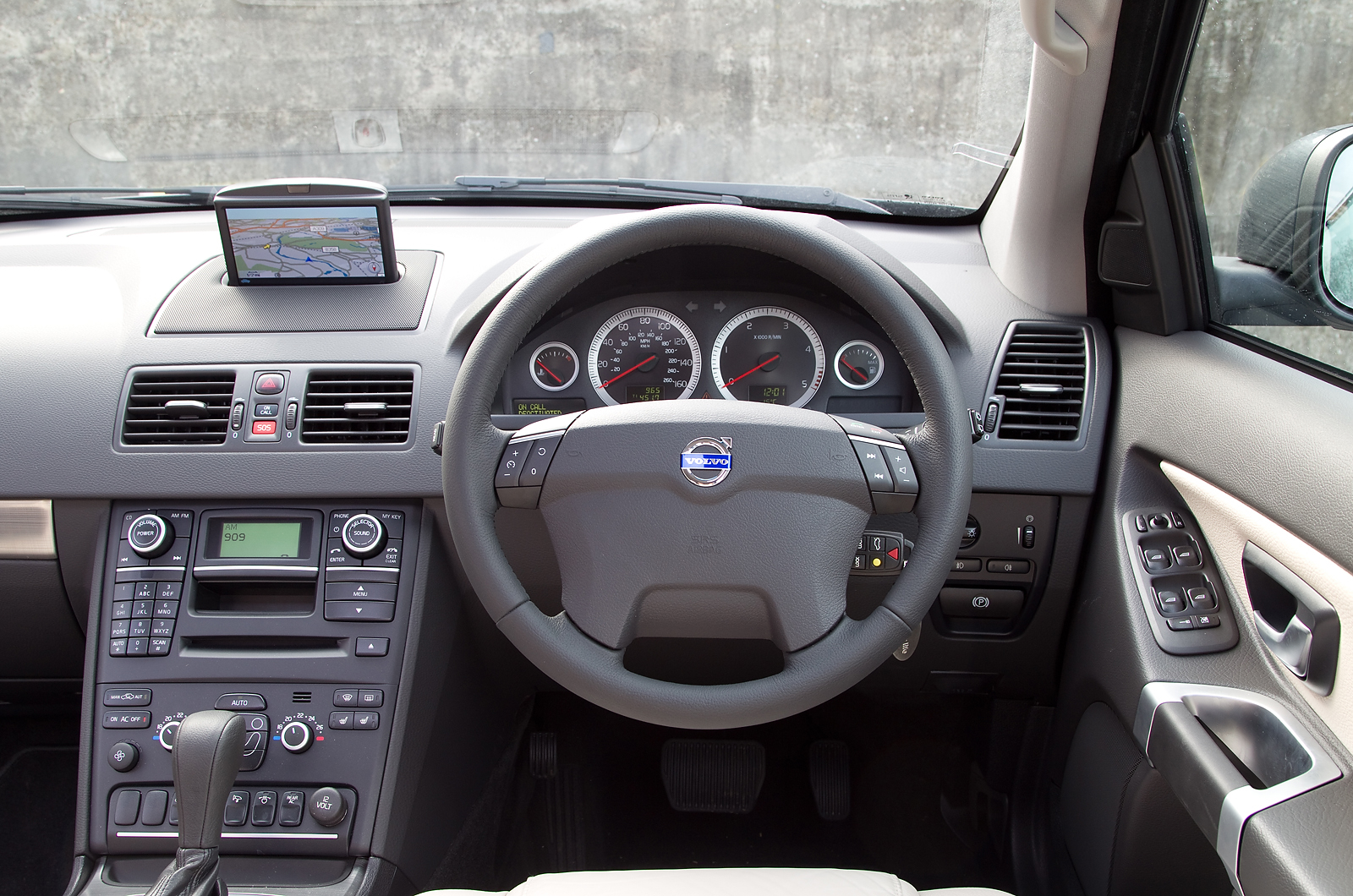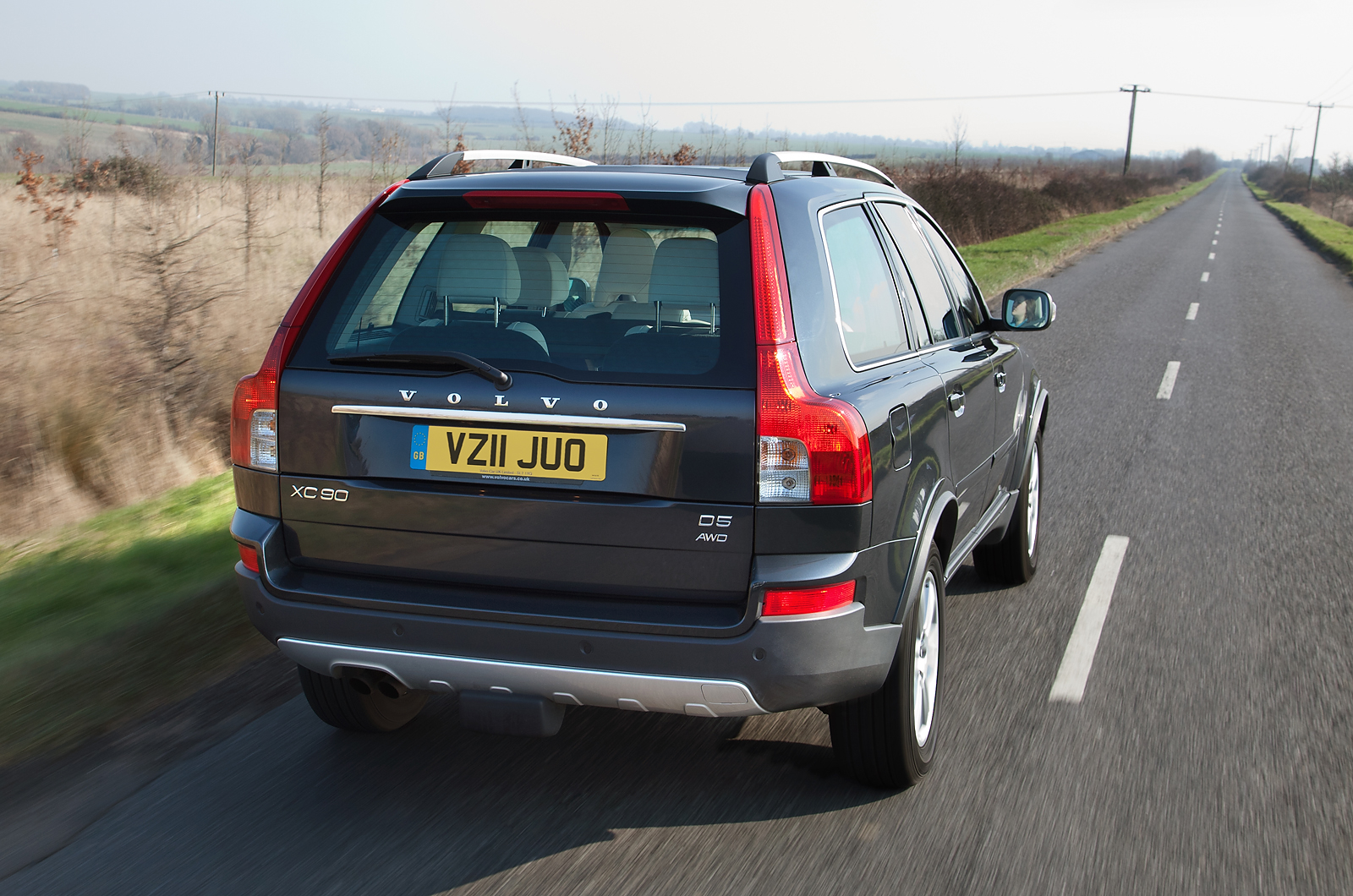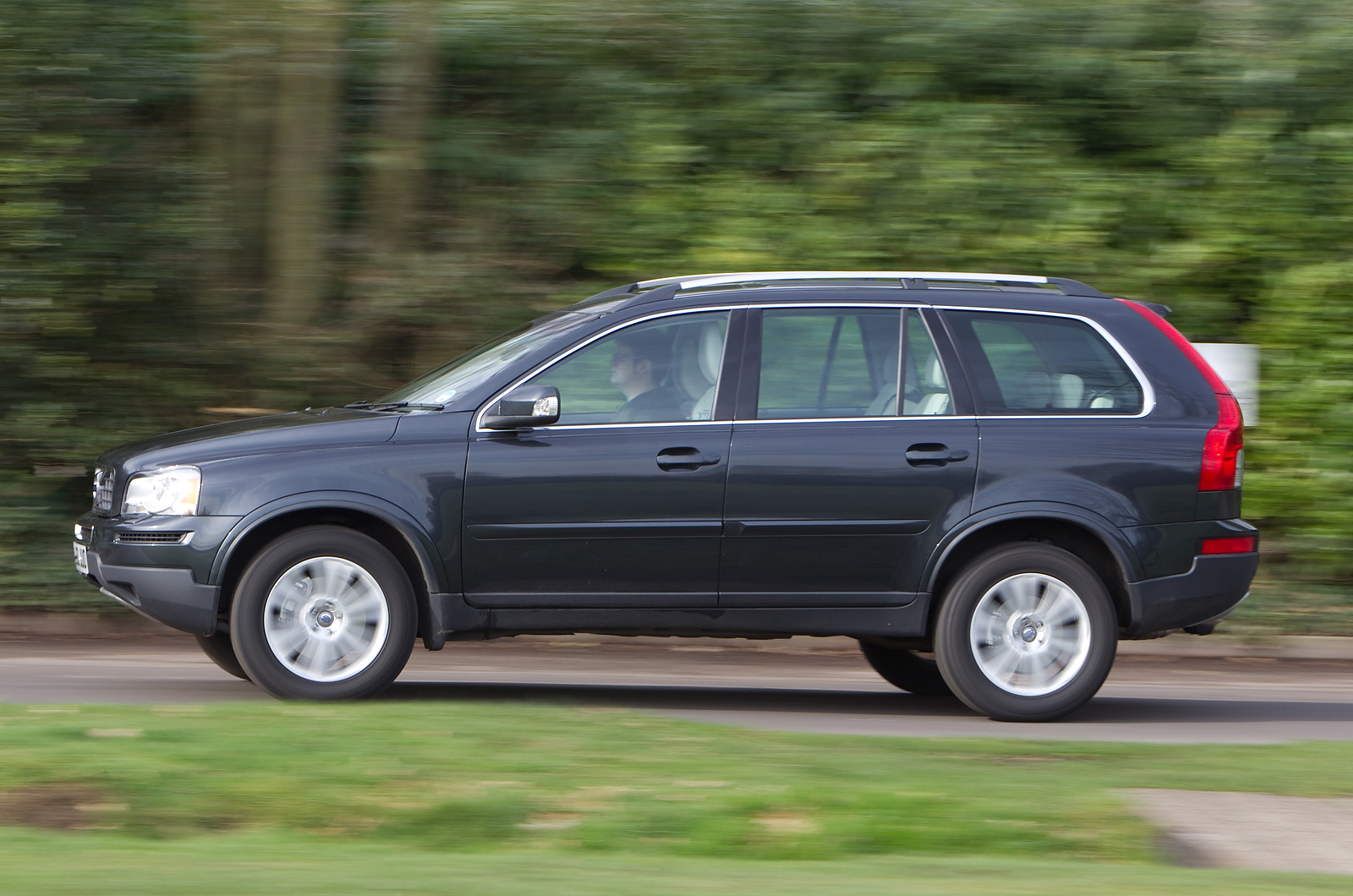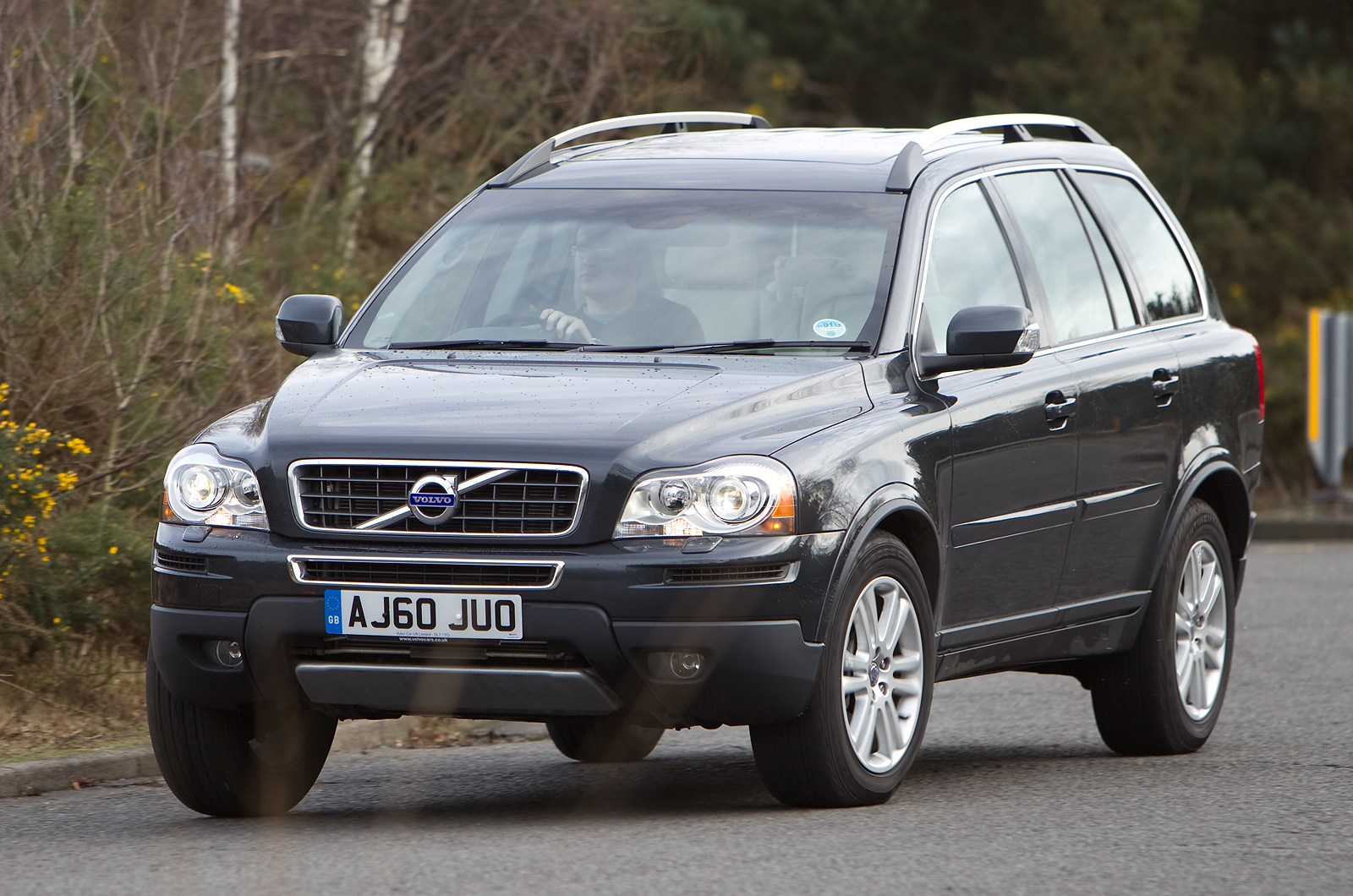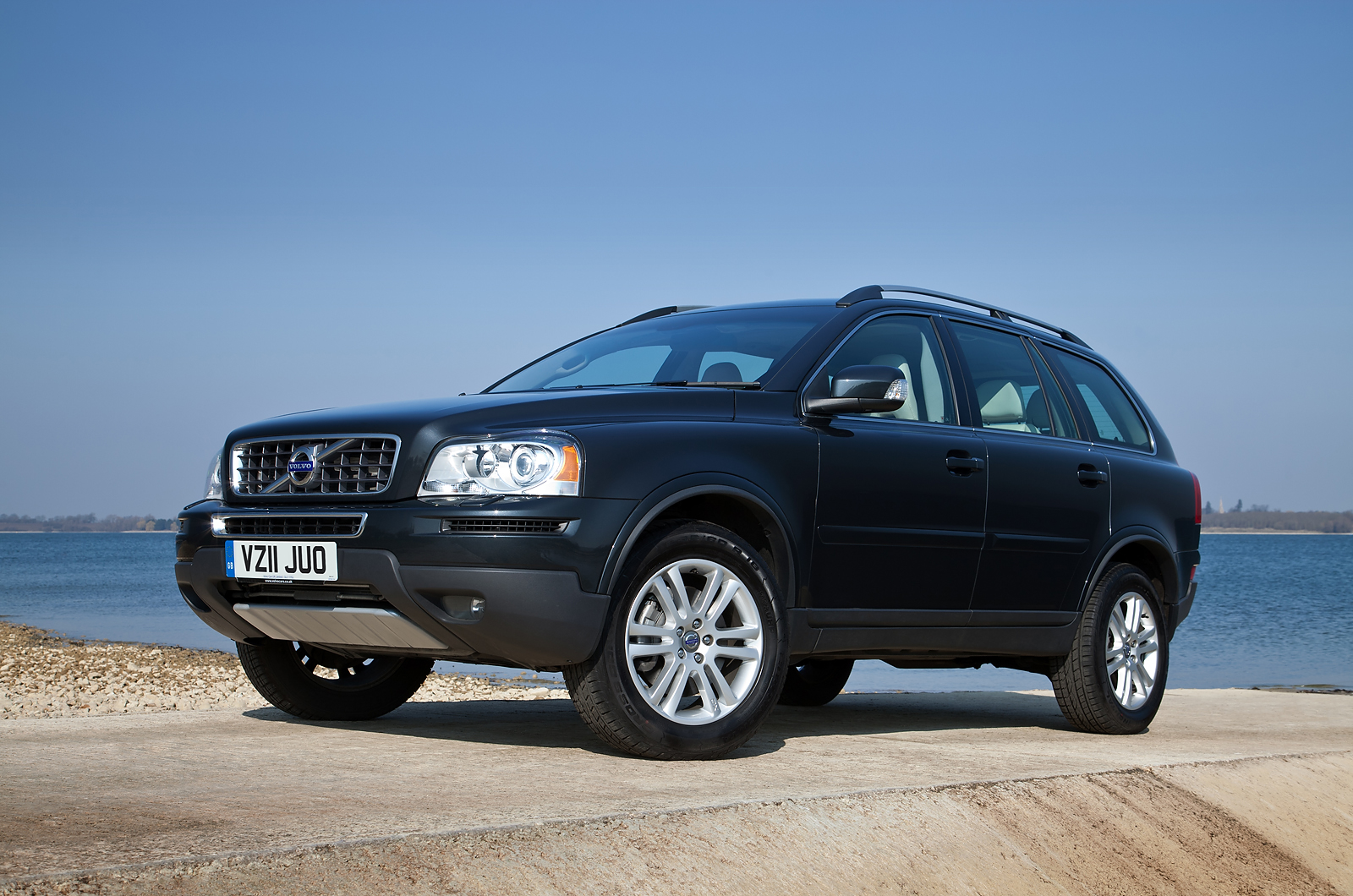Volvo had long held the key in its locker to launch a serious contender in the SUV sector long before the Volvo XC90 arrived in 2003. It has always had an obsession with safety and practicality, and a fearsome reputation for building solid estate cars.
Despite Volvo’s clear potential for the sector, companies like BMW and Mercedes-Benz took the initiative with the BMW X5 and Mercedes-Benz ML ranges. Unashamedly lifestyle orientated but refined and practical, they left Volvo with slumping sales – particularly in North America – while they won huge numbers of new customers with their sexy SUVs.
As Volvo watched developments, it must have known it would have to come back hard. And hit back hard it did with the Volvo XC90, a car that, according to Volvo, combined car-like dynamics, MPV practicality, and tough off-road capability under one roof, plus the safety values that are synonymous with the brand.
The XC90 has been around now for a long time, but its sales are still steady and its customer base is hardcore and loyal.
Recent revisions to the XC90 in 2011 included exterior styling changes, a more luxurious interior, greater interior options and new variants including a more sports-orientated R-Design model designed to keep interest in the XC90 ticking over while the long-overdue replacement model’s development continues.
Are any changes enough to keep interest in the XC90 high enough while its rivals continue to modernise and innovate?


